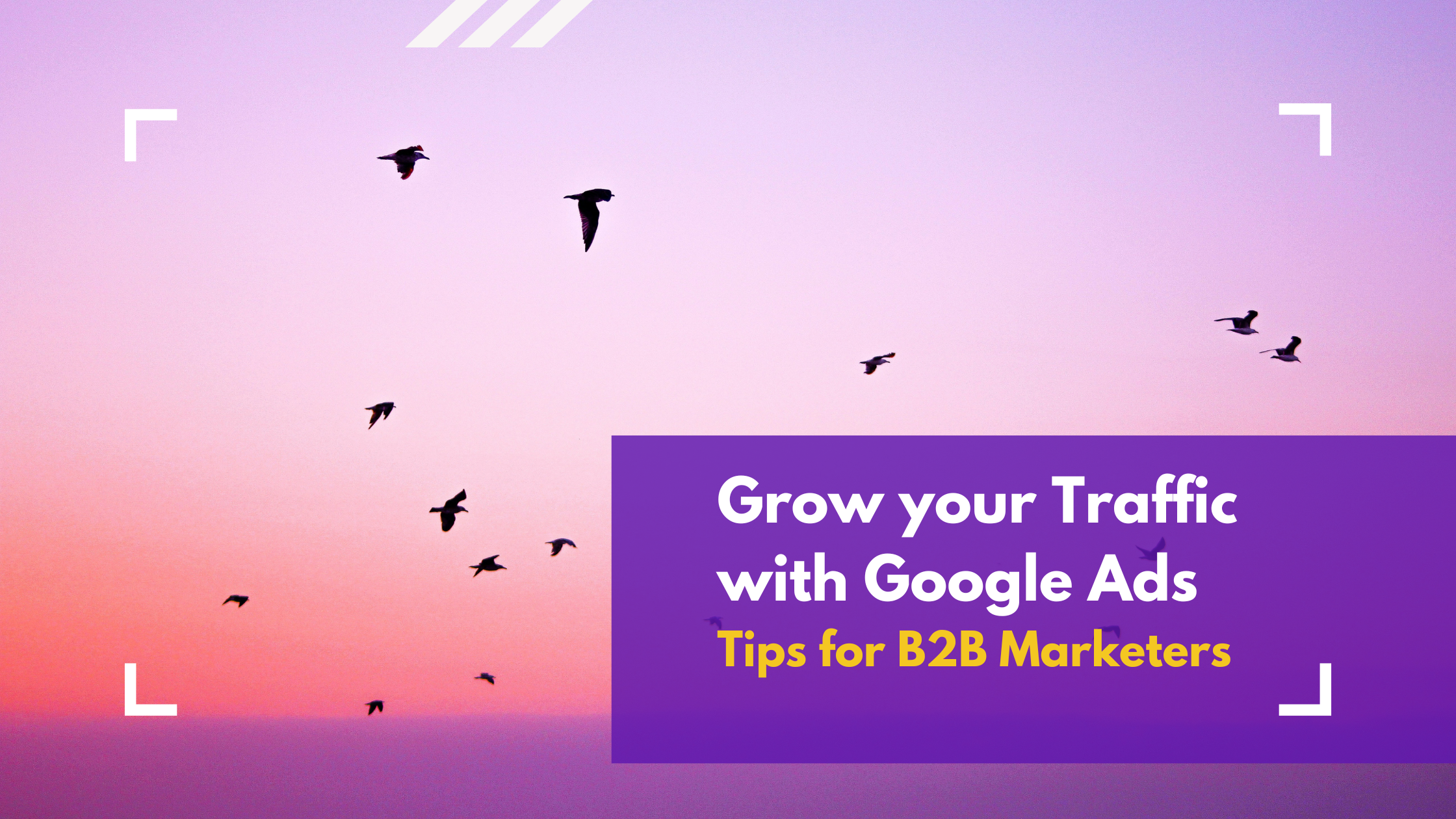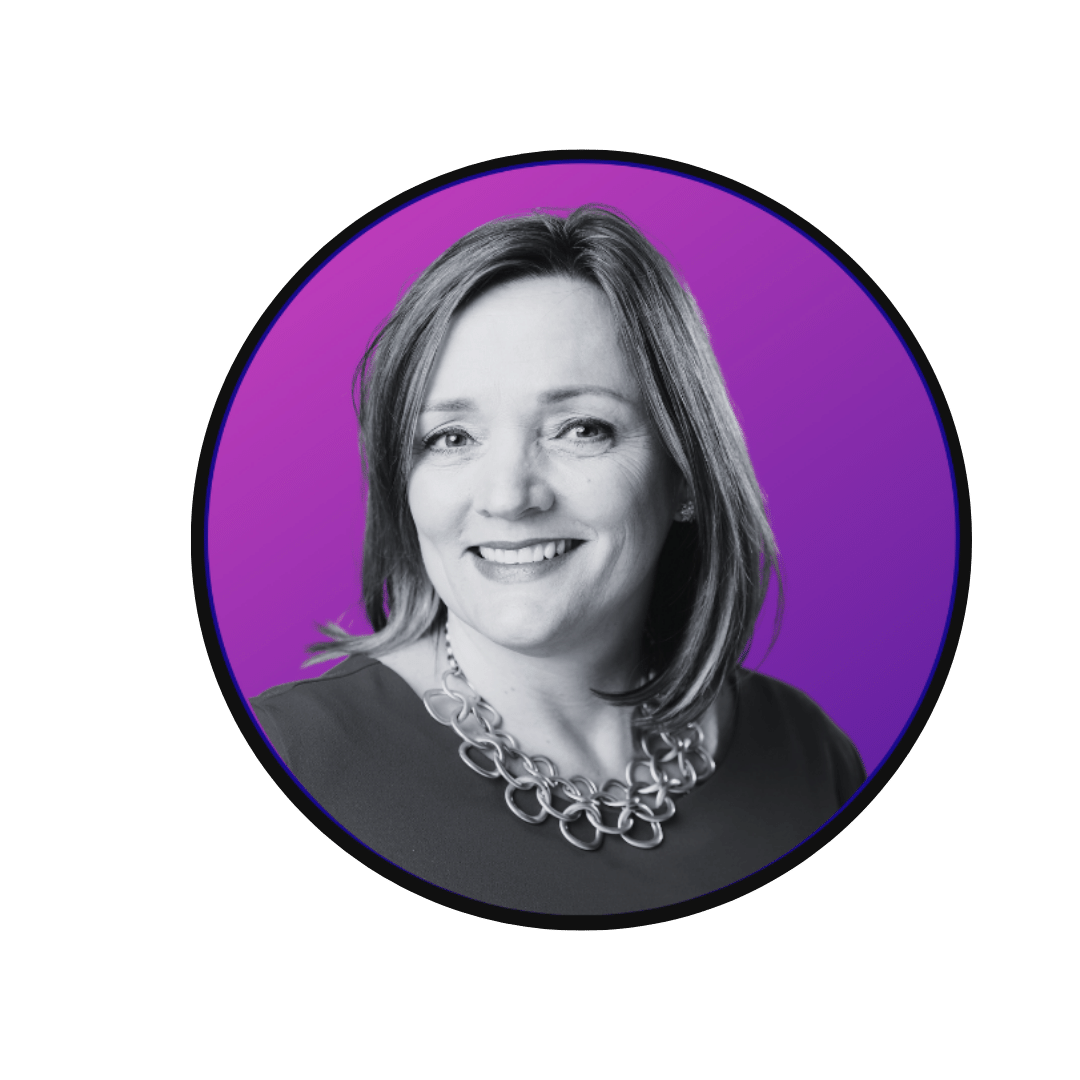B2B Marketing Paid Search Tips
Many brands get marketing resources to jump into marketing in paid search with Google Ads and start spending money with an understanding of what they want to promote and who they want to promote it to.
It takes a little more planning to get a campaign in-market, especially if you have multiple campaigns you’re going to be running at the same time.
I’ve broken down these 7 Steps for B2B Marketing Paid Search Campaigns to help build new audiences and conversions with Google Adwords and make sure you’re getting the most for your money.
7 Step B2B Marketing Paid Search Campaign Tips
- Paid Search Campaign Plan
- Types of Google Ad Campaigns
- Paid Keyword Research
- Paid Search Campaign Messaging with Keyword Optimized Landing Page Copy and Ad Copy
- Setting Up Google Ad Groups
- Google Ads Campaign Setup
- Optimizing Paid Search Campaigns for Google Ads
Building your own audience is so important for B2B Marketers in order to not rely on algorithms and risk wasting ad dollars on clicks from people who will never become buyers.
Why We Love Paid Search and What it Uniquely Provides Marketers
- Quickest to-market demand generation tactic for building brand awareness through targeted promotion.
- Ability to scale your budget based on performance. You can still win the race with a limited budget and a slow and steady approach.
- Reach an untapped audience with high intent.
PPC will allow visibility from an untapped audience who are looking for a solution to their problem. Even if your ads don’t get clicks, that visibility is still valuable.
Those searchers will eventually explore your offering through another channel.
For these reasons PPC is often the first place, and possibly only needed place, we recommend spending ad dollars.
It’s a great place to test your ad messaging and targeting, then go to the higher prices of paid social channels.
This article will help them prepare for a successful roll out and quicker results.
With so many marketing channels to get coverage from, it’s so important to get to actual results and this is one channel we would bet on every time.
7 Step B2B Paid Search Campaign Tips
Step 1. Create a Paid Search Campaign planning document
What is your plan? Who needs to sign off on the campaign plan for approvals? Document all aspects and how you will measure success with this paid ad spend. You need to articulate if it’s working. Map out all the campaign aspects so you know how best to structure your campaign within the platform.
Step 2. Types of Google Ad Campaigns and Targeting Your Offer
What are you promoting? Do your research to understand what words your audience is using–these are the words you want to use throughout your campaign. Those words are also present on your landing page, included in the meta description and even in the image alt text for graphics included on the landing page. This will help seed your keyword and related keywords throughout your content helping to ensure your paid traffic also gets a solid organic boost.
Step 3. Paid Keyword Research
One approach to include in your keyword strategy is to bid on keywords that you want to rank for in search organically.
First, we explore non-branded keywords that are indexed on your site. Use Google Search Console to show what words people are using to get to your website. It also tells you what they are searching through, these are your impression volumes.
If your Adwords account is set up and you have paid for ads, you can access Google Ads Keyword Planner. Here you can see performance, keyword and search impression reach.
You can also look to free resources like Answer the Public, Google Trends or Uber Suggest to see what keywords your ads could get search traffic on.
We use SEMRush and Kewyord.io which we pay for, that gives great competitive information.
When you’re doing keywords research, remember it’s not just the keyword, it’s also testing different options of keyword type. Consider looking at the broad match, phrase match and exact match. The best way to determine which one will perform best is to test them all.
Step 4. Determine Your Paid Search Campaign Messaging with Keyword Optimized Landing Page Copy and Ad Copy
Continuity with language and brand is critical. It’s important to know the keyword in advance so you can create the landing page around that content and create the ad’s creative content.
Ask the following questions when creating your copy:
- Who are you trying to reach?
- Where are they in their awareness of your brand?
- How aware are they of the problem?
- What stage are they at? Are they already visiting you and you just need to get them onto your actionable offer?
I love the concept of a campaign messaging house.
Determine these before starting your copy:
- Value proposition
- The Call to Action
- Proof points, that back up your statement
- A data point that would be valuable and sticky
Wherever you’re advertising is going to be a noisy channel, so you want to make your ad impactful.
Now you have the foundation to copywrite to your search ad character limit ads.
Writing your Ad Copy: Text Ads
Here is a Paid Search Google Ads Search Ad template we used to check character counts for writing the headline, a description and a URL. This provides the minimum we like to start with: three different headlines and two unique descriptions for each keyword. This is because you have a minimum of three ads for each keyword in that ad group.
We recommend doing the text ad copy in a google doc first so that you can get feedback and approvals on ad copy. Here is a link to ours.
Step 5. Setting Up Google Ad Groups
One of our favourite best practices is that each ad group should have a variation of a word. People are typing them in differently. Creating three versions of an ad group allows for the algorithm to choose the one that’s performing the most successfully. For example, an ad for chiropractors would all have chiropractic and then the other ad group would have chiropractor.
Step 6. Google Ads Campaign Setup
Use your campaign plan where you mapped out all that you need to know, what locations?
Bidding
We start most campaigns with maximize clicks. Then if you have a conversion, you can only if you have a defined conversion event that can capture leads.
Conversion Event Set Up Options:
A conversion event could be signing up for a newsletter. , eventually be able to move your bidding to maximize conversions. The ads are working on getting people to the site, and then later, when you have that conversion event tracking on, you can move the bid to maximize conversions. This will allow you to see form submission.
Here is a quick pre launch B2B Marketing Paid Search Campaign Checklist. Be sure to print your checklist.
Pro Tips: It’s also very important that you think about research and possible negative keywords. These are the keywords that you don’t want your ad to fire on.
Step 7. Optimizing Paid Search Campaigns for Google Ads
After you’ve launched, wait and watch for the first 3-5 days. Then look to see that you’re not just spending the money, but that the money is driving the desired result.
Test and Try different things.
Test the same copy with unique designs or design different headlines. Test a responsive search ad against an expanded dynamic ad and see what has the best performance. Responsive search ads provide you with the opportunity to put in multiple headlines and multiple descriptions., Plus, the algorithm will determine what is the favored headline and description.
Campaign: Set up First 3 Days
It can take about 24 hours from the data to populate. Then you’ll see impressions being served and clicks occurring. That’s my first and most valuable signal. If my Click Through Rate (CTR) is over 1%, I’m happy with that If my CTR is under 1%, I’m not happy with that. You want at least a 1% conversion rate and you want to watch your average cost.
Check out AdWords’ Recommendations by Campaigns’ and the ‘Overview Summary’ to see the biggest changes in campaigns and additional search keywords that it displayed your ads on.
Be careful not to just accept these. This machine learning doesn’t know your targeting or your audience, so don’t use them without careful consideration first. Remember Google is looking to grow their revenue.
3 Types of Campaigns in Google Ads
Search Ads – Search ads run based on targeting keywords that someone is typing into the search to answer a question or solve a problem.
Video Ads – Your video content on YouTube will display on YouTube as an ad and on Google display network.
Display Ads – A banner graphic that’s displayed on websites that are part of Google’s extensive ad network. An interesting visual image can be impactful versus a text only ad in Search.
Google Ads is a mature advertising platform. It takes some time to get used to all the levers that you can pull across the different ad products, targeting and what we refer to as pitfalls.
BONUS.
Here is a link to a Campaign Plan Template you can copy and use. Marketers learning how to achieve more results with PPC – be brave. Start slow and gain small wins. Think of this platform and channel as a sandbox to learn from your audience. Always consider what messages are resonating and how your message and targeting is impacting results.
Dig deeper into digital to cultivate fresh growth.
If you’re not happy with the results your getting book a call with Coach Kelly.
We are an approved SEMRush Affiliate Marketing partner and would love for you to get onboard with SEMRush paid version using our affiliate link.
Coach Kelly is a B2B SaaS Marketing Leader, Director of Demand Generation and Digital Marketing and a B2B Digital Coach, learn more about her background here.
Let us know what’s worked for you below in the comments, we’d love to learn from you.





Leave a Comment